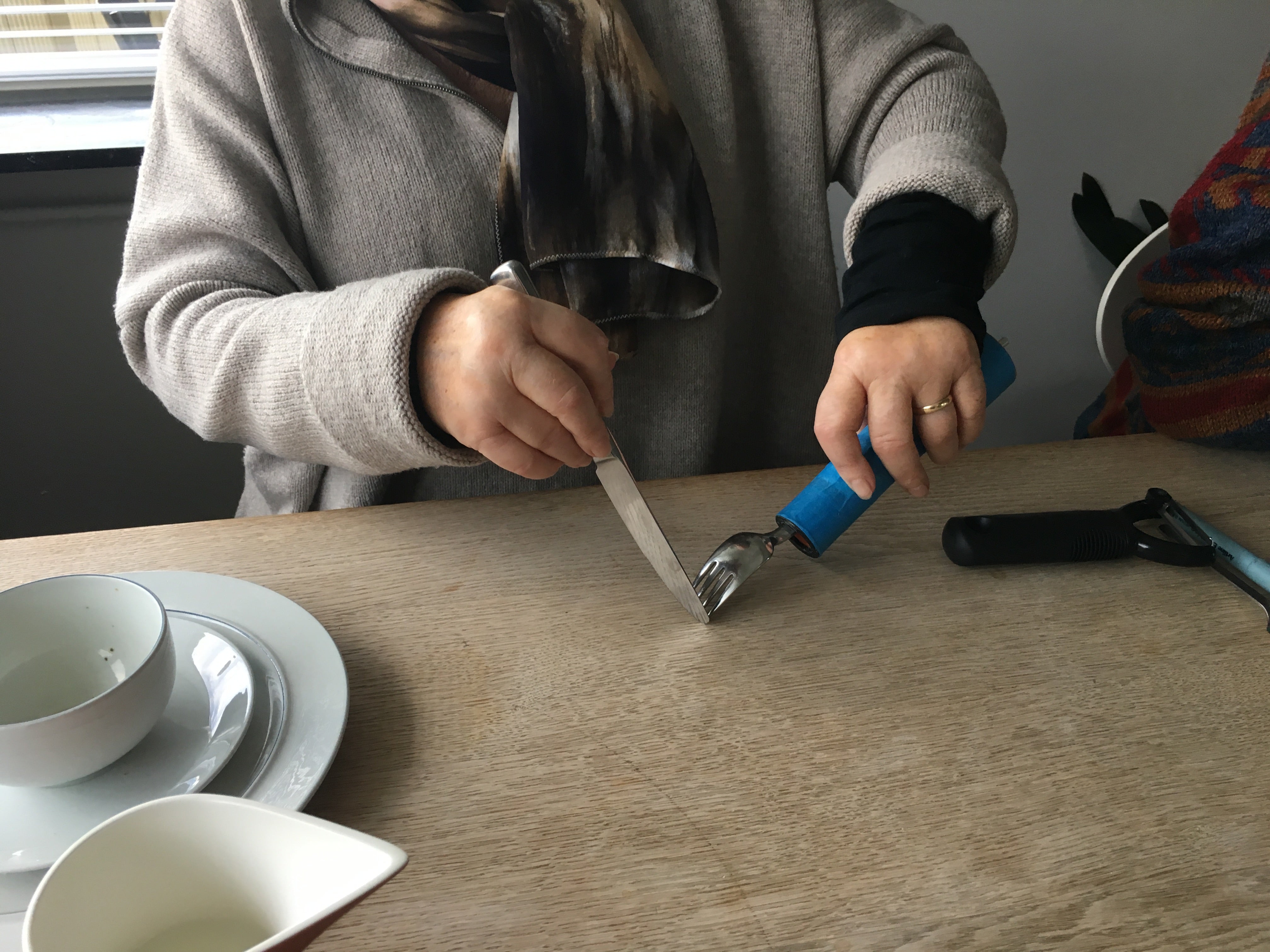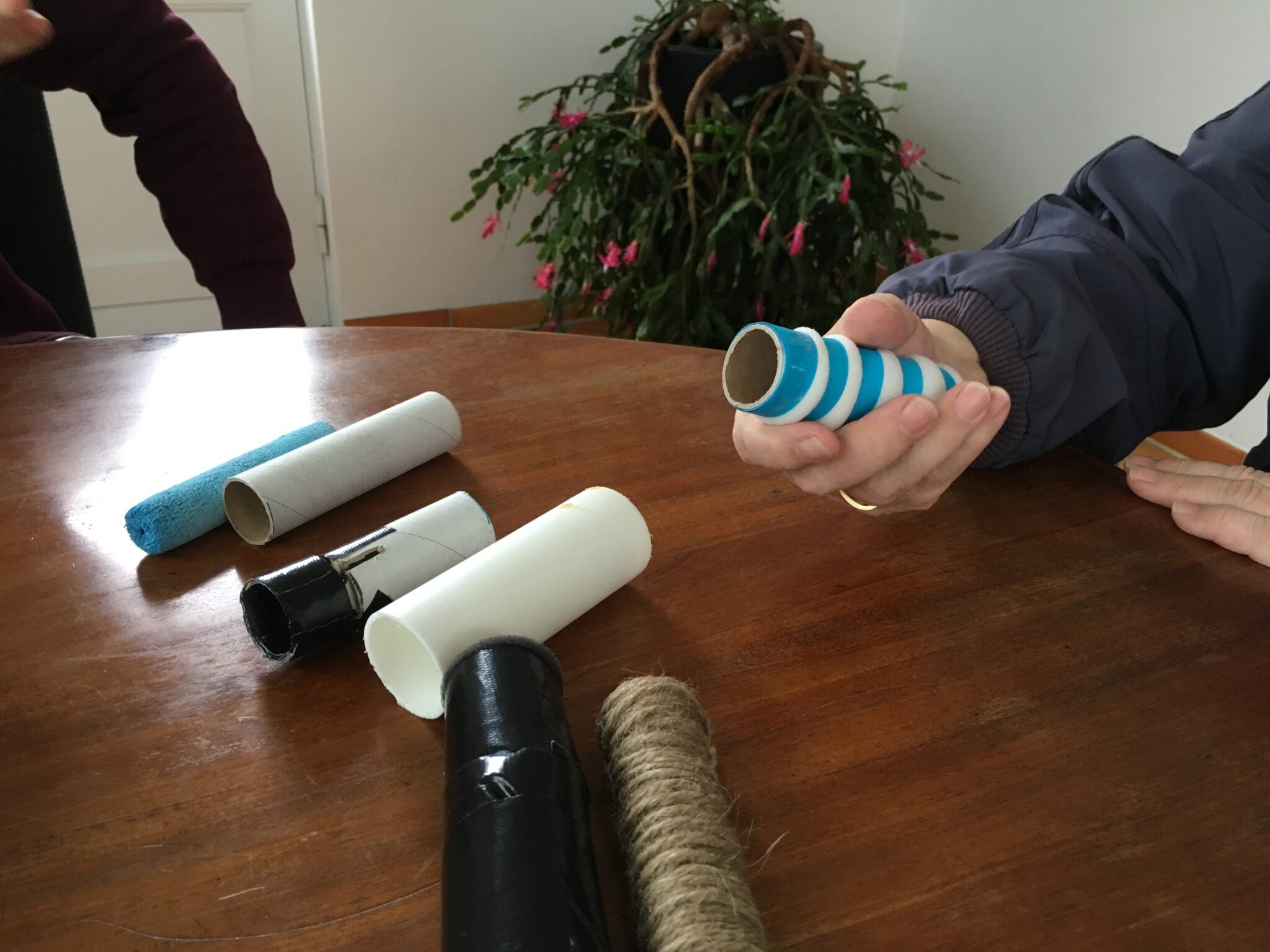Author: Thomas Solgaard Andersen
We like the idea of the entrepreneur like the Georg Gearløs type who suddenly encounters a problem, goes home to his workshop, thinking: “This must be done smarter?” Then he invents something brilliant and, voila, a company is up and running that changes society as we know it.
Most of us know it's not that easy, but still, these are the geniuses we admire. We are more fascinated by Elon Musk, Steve Jobs and Mark Zuckerberg than we are by Tesla, Apple and Facebook. We like the story of these personalities bringing these brilliant ideas down to us and radically changing society with their inventions.
I'm not a bit better. I applied to digital design back in 2014 at Aarhus University because I had heard that you had to design new solutions, you learned to program, build electronic gadgets, while you got some supplementary theory. Alas, both my bachelor's and my thesis were about innovation.
I was a bit disappointed when I discovered that a large part of the design process involved conducting interviews, surveys, workshops and user engagement . Or as we call it – UX (user experience).
At first I hated it. UX doesn't come naturally to humans. You have to reach out to strangers and even try to get their honest opinion on your solution. It wasn't fun at first. But when you saw how much it meant to the quality of the solution by taking the feedback on board, I had to rethink my image of the entrepreneur.
I didn't like that the brilliant inventions that came from these geniuses had gone through a lot of iterations, mistakes, pivots and god forbid – user involvement. It broke the mystical illusion that surrounded the inventor and their path to success. It made inventions more human and accessible, something that everyone could have invented if they had just worked hard enough. Since I got my cand.it in Digital Design, I've given quite a few talks about UX, and how I feel that our cult of genius gets in the way of making good design solutions.
Entrepreneurs are not Moses coming down from Mount Sinai with radical new ideas. Entrepreneurs are ordinary hard-working people trying to understand what reality their solution will fit into, so that other ordinary people will want to use it. And the secret to understanding reality is talking to the people who are part of it. Here, UX is the key to that.
At Manigrip, we have spoken to over 100 people with arthritis. We have spoken to numerous doctors, occupational therapists, relatives, industry professionals. We did not encounter the problem ourselves. We simply listened to people who have known about these problems for many years and wrote down their frustrations. We did not go home to our inventor's workshop and quickly knock something together. We have cursed, cursed and torn our hair out because prototype #30 still did not work the way we wanted it to.
In all the processes we have been through so far, we have continuously involved users. We have never assumed anything, but have substantiated every claim with interviews and field studies.
Today, we have a permanent expert panel of people with arthritis and reputable occupational therapists, so I have a direct hotline for honest feedback, but they also give us access to a sea of users and experts that we wouldn't otherwise have had access to. And once we have the finished product, Wini, in our hands, it's not the merit of one genius that came down from the mountain, but the result of a sea of people's hard work, honest feedback and amazing support.
Read more

You may have noticed that our aid is called Wini. Maybe you've also wondered why? There's a very special reason why Wini was the name of our first product! Since Manigrip was brand new, we sough...

Patient information Young woman named Sanne Lives in Denmark Arthritis in the hands and Systemic lupus erythematosus Has received a grant for Wini through the Bornholm Regional Municipality ...

